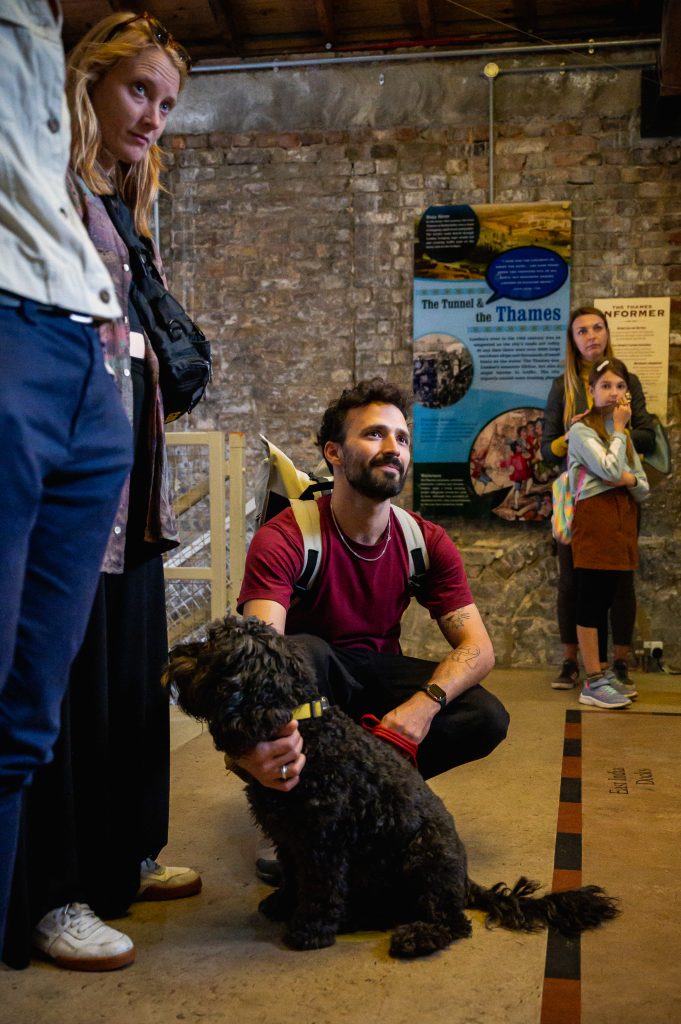Is the Thames Tunnel still used today?
Can you still walk through it?
The Thames Tunnel is the world’s oldest underwater tunnel, first opened to the public in 1843. Originally for pedestrians, it was later converted into a railway line. It’s still in use today as a train tunnel – part of the London Overground line that stretches from Rotherhithe to Wapping Station. You may have travelled through it already!
While you can’t walk through the Thames Tunnel, you can head underground into our spectacular Grade II* listed Tunnel Shaft which once served as the Grand Entrance Hall for Victorian visitors. You can still see where the original staircases once would have been and where the early steam trains have coated the shaft walls in soot! The chamber sits directly above the modern train line, so also listen out for the rumbling train carriages below.
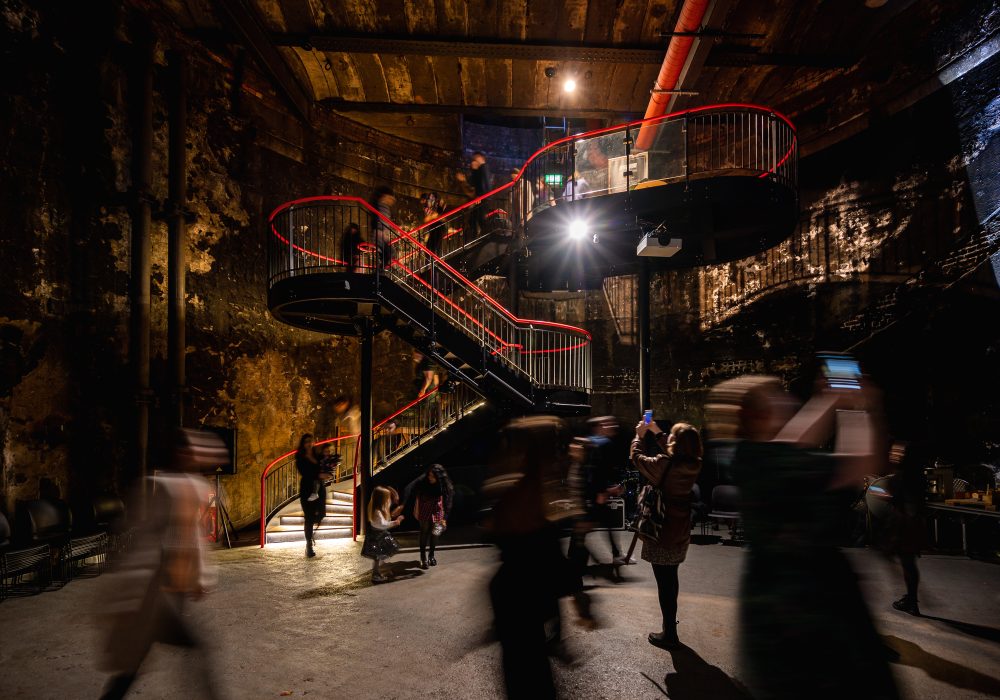
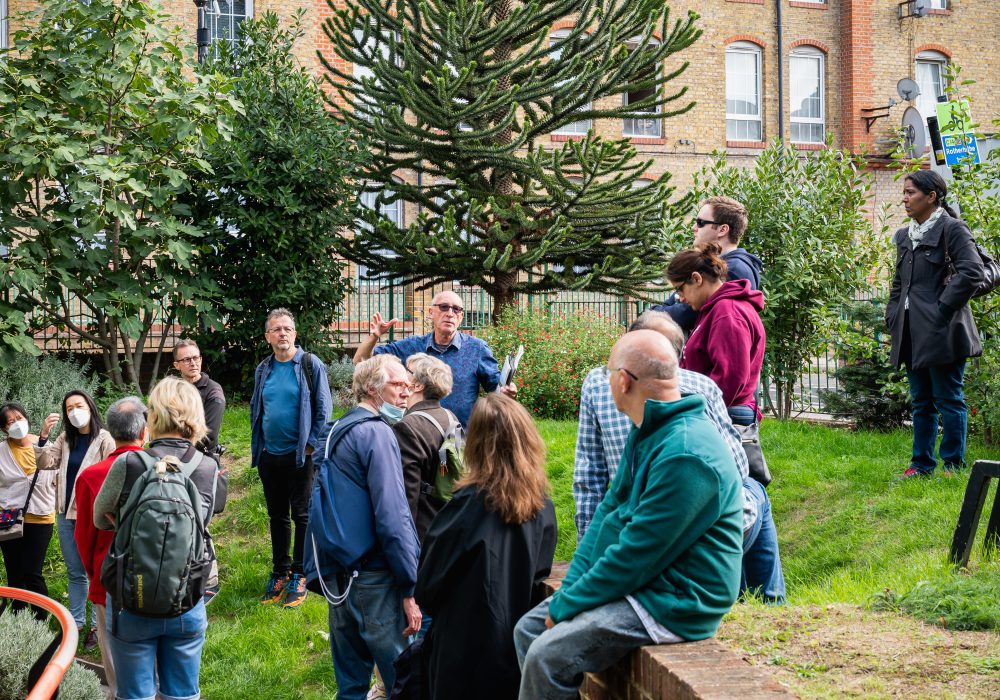
Do you run guided tours?
We currently run Guided Tour Weekends once a month where our expert guides will take you on an in-depth tour of the Brunel Museum.
Talks last approximately 35-40 minutes and take place every hour: 11.15, 12.15, 1.15, 2.15, 3.15, 4.15.
On other weekends, self-guided visits allow you to explore the Museum on your own. Our friendly volunteers and staff will be on hand to answer any questions.
If you’d like a private tour of the museum, visit Talks and Tours for more information or make a booking enquiry.
What can I see in the Engine House?
In the Engine House, you can explore our main exhibition which tells the story behind the Thames Tunnel and those who built it. Discover our collection of original Thames Tunnel memorabilia and Victorian peepshows, and look out for our large-scale models of the tunnelling shield and machinery.
You can also watch our subtitled videos about the Thames Tunnel Designs, featuring a series of watercolours, sketches and plans for the Tunnel.
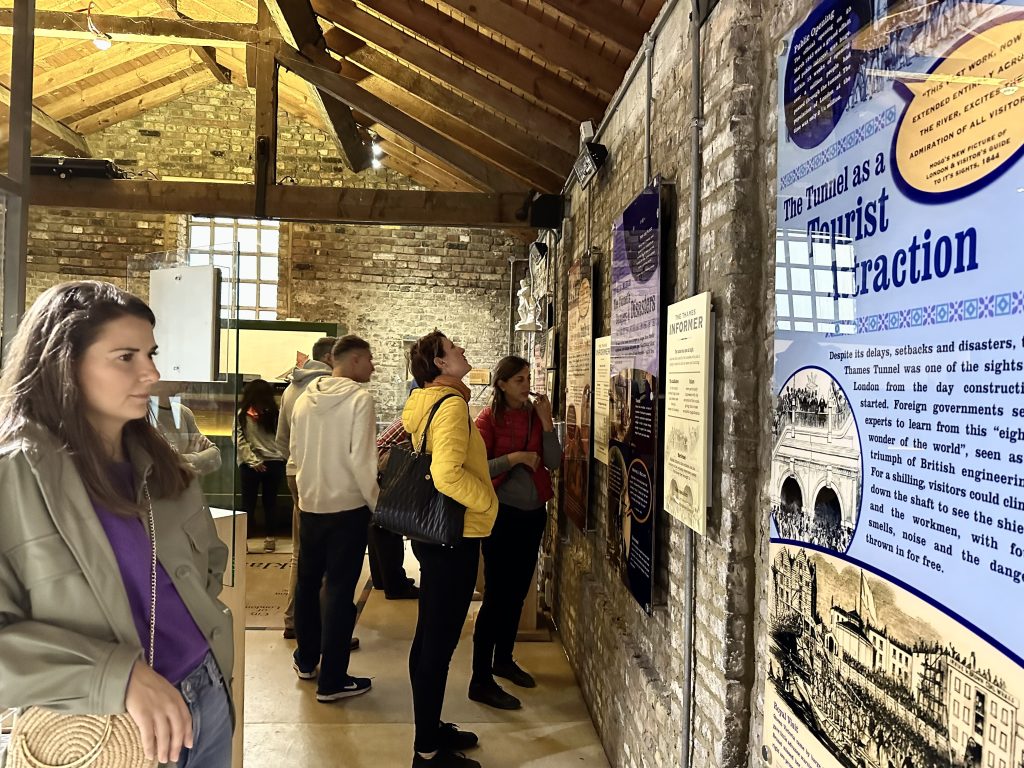
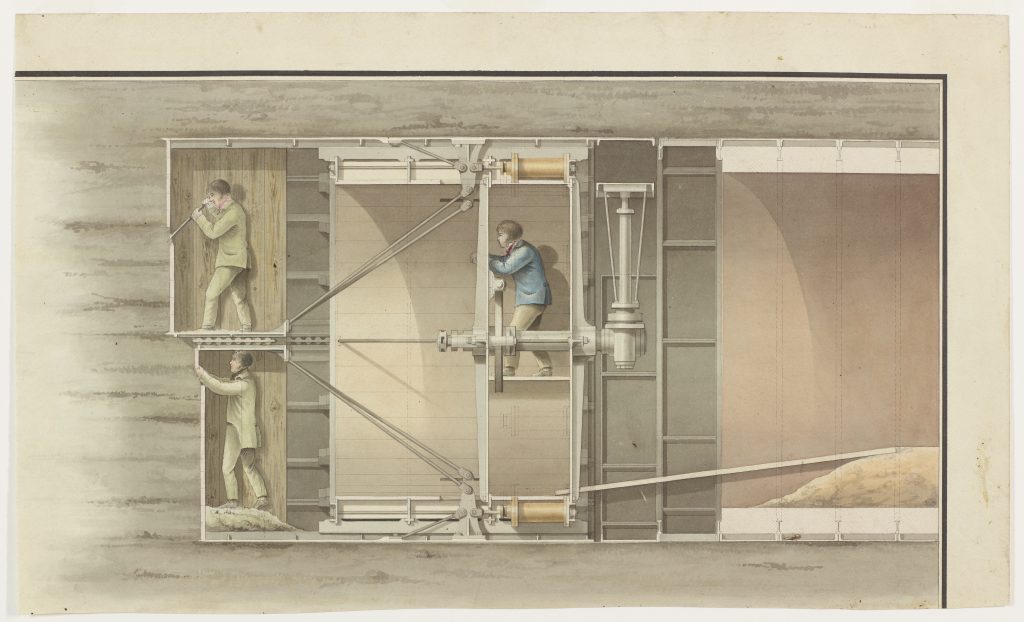
Can I see the Thames Tunnel Designs in person?
In 2017, the Brunel Museum acquired a collection of designs for the Thames Tunnel produced by Marc Brunel, Isambard Kingdom Brunel and other draftsmen and engineers working with them.
Comprising over 30 individual images — from small pen-and-ink sketches of the tunnelling machinery to enormous views of the entire Tunnel — they are an integral part of the Thames Tunnel story.
The designs will go on display as part of our planned Brunel Museum Reinvented Project.
In the meantime, they are in offsite storage. We periodically organise events to view the Designs: check out What’s On for upcoming dates. For research access to the Designs, please see our Research page. The images can also be viewed in our online collections database.
What else is there to do in the area?
From the ruins of a medieval king’s manor house and the place where the Mayflower first set sail to colonial America, to the tomb of an eighteenth-century prince of Palau and old docklands storehouses, Rotherhithe is steeped in history.
There’s plenty to see, great places to eat and lots of family-friendly venues. Once you’ve visited the Brunel Museum, why not make a day of it and explore all Rotherhithe has to offer?
For more information, check out our handy guide to what else is in our local area.
Where can I eat?
Rotherhithe hosts a great number of cafés and pubs. Very close by to the museum are the Mayflower Pub and the Watch House Café – both highly recommended for a spot of lunch.
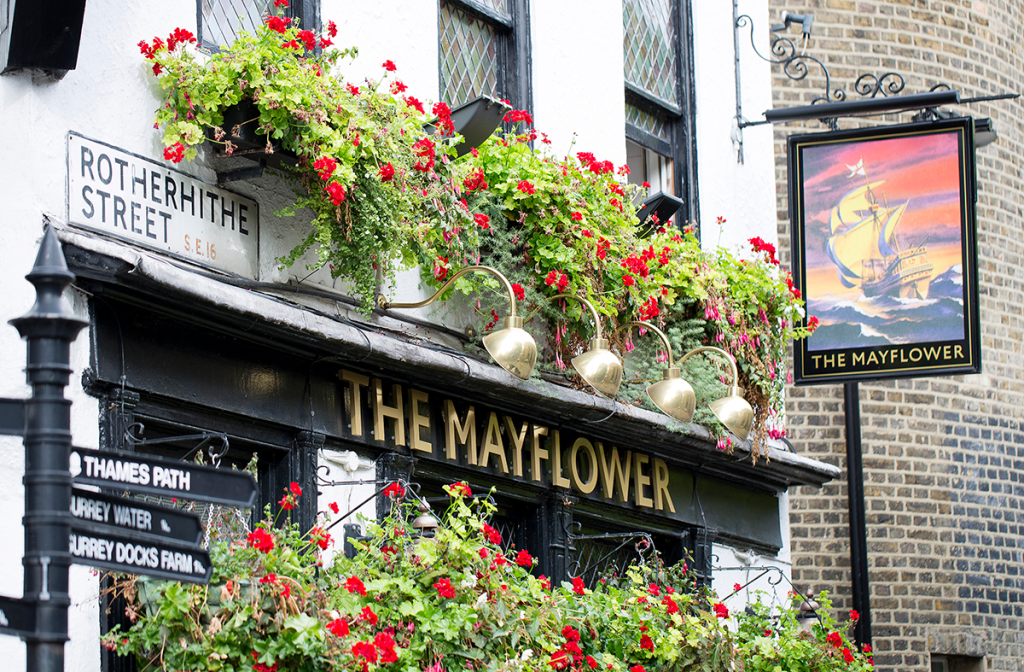

Is there parking at the Brunel Museum?
The Museum has only one parking space at the rear of the site and we cannot guarantee its availability. Visitors with access requirements are prioritised.
However, the Brunel Museum is very accessible via public transport, by bike, and on foot. We’re a minute’s walk from Rotherhithe Station on the London Overground, also served by the C10 and 381 bus services, and also a short distance from Canada Water station on the Jubilee Line.
Is the museum dog-friendly?
Yes! We ask only that dogs are well-behaved, and kept on the leash.
